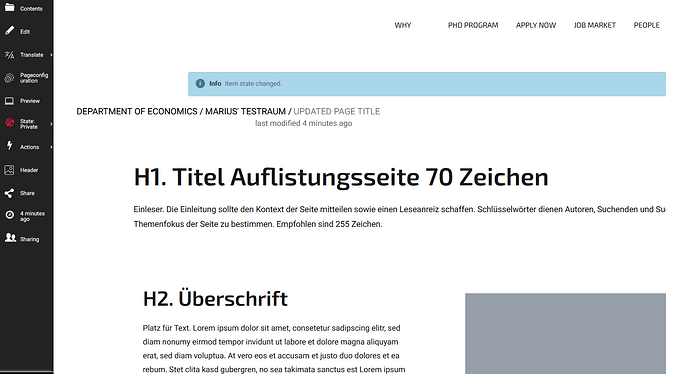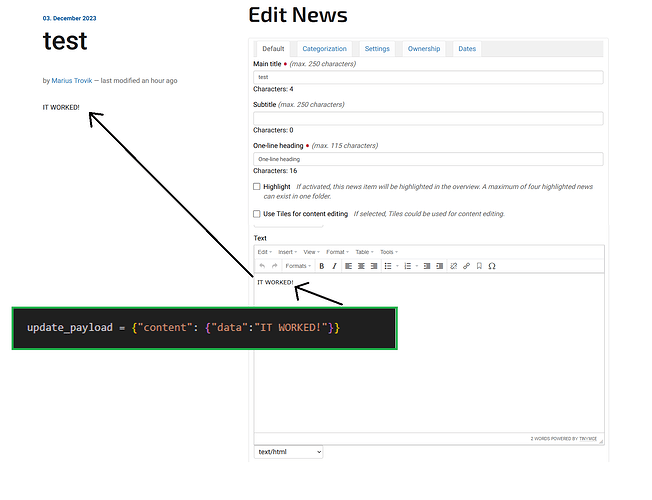I'm seeking your expertise regarding a challenge I've encountered at the university where I work. We use Plone 5 for managing our website content, with an IT department that maintains our servers. My role involves using the graphical UI to build pages for our institution, but I've been exploring ways to streamline our processes, especially regarding list updates on our pages.
We frequently update various lists on our site, and I'm considering automating this process using data from CSV files. The idea is to use a Python script that interacts with the Plone REST API to automatically update these lists, ensuring our content is always current without manual intervention.
So far, I've successfully logged in using the API and managed to retrieve some JSON objects and HTML from our pages. However, my main concern revolves around my limited rights and capabilities in this context.
My question to you all: Is it feasible for someone with my level of access to build, update, and edit pages via the REST API in Plone 5? If so, I would greatly appreciate any guidance or insights on how to approach this, including any potential limitations I should be aware of.
Thanks in advance.



